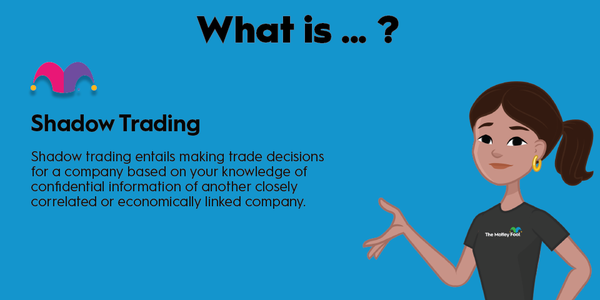Inflation is almost everywhere these days. With consumer prices rising as fast as they have in 40 years, everything from rents to car prices is giving everyday Americans sticker shock.
However, there's a more insidious form of inflation in the supermarket and elsewhere. It's known as shrinkflation, and it describes the practice of shrinking consumer goods package sizes while keeping prices the same.
Shrinkflation has been especially prevalent in 2023 as companies look for new ways to cut costs on their end of the supply chain with rising input prices for freight, raw materials, and labor, among others.

Shrinkflation defined
Shrinkflation defined
Shrinkflation is the practice of reducing the quantity or size of a product while the price remains the same.
The term can sometimes refer to the quality of a product quality being downgraded or to the use of cheaper ingredients to allow the company making the product to save on costs.
Shrinkflation is especially common in the food and beverage industries, which are sensitive to changes in cost inputs like commodities and freight -- both of which have risen substantially in today's high-inflation environment.
Shrinkflation has been common in products like ice cream, orange juice, and yogurt.
Why do companies turn to shrinkflation?
Why do companies turn to shrinkflation?
Companies faced with rising costs have a few choices.
They can absorb the higher costs, shrinking profit margins and suffering falling stock prices caused by disappointed investors.
They can also pass along the cost increases to customers in the form of price hikes, although that can cause them to lose customers who don't want to pay higher prices.
Finally, they can choose the shrinkflation option, which allows them to save on costs by simply selling less of a product at the same price. While they're providing less value to customers, they're still charging the same price.
Brands that practice shrinkflation generally believe that customers will be less put off by smaller product sizes than higher prices.
Does shrinkflation work?
Does shrinkflation work?
A number of factors lead brands to turn to shrinkflation as a form of cost-cutting.
Not surprisingly, higher production costs are a primary reason for shrinkflation. The increased costs can be due to raw materials like ingredients or commodities or even increased packaging costs.
Additionally, companies turn to shrinkflation as a way to outcompete their rivals. Since price tends to be a primary way that customers compare different brand options, brands are wary of raising their prices if their competitors aren't.
Instead of raising prices, brands reduce package sizing with the hopes that customers do not notice or at least don't care about it as much as they would care about higher prices.
Shrinkflation also gives brands a workaround when they might already be experiencing their own supply shortages, which was common in 2021 and early 2022.
Consumer advocate Edgar Dworsky of Consumer World commented on the current shrinkflation trend, saying, "It comes in waves. We happen to be in a tidal wave at the moment because of inflation."
Related investing topics
What are some examples of shrinkflation?
What are some examples of shrinkflation?
Shrinkflation has become increasingly popular, especially among national brands. For example:
- Coca-Cola reduced the size of its 2-liter bottle to 1.75 liters in 2014.
- Haagen-Dazs reduced its 16-ounce ice cream container to 14 ounces in 2009.
- Tropicana has shrunk its package size more than once, first lowering it from 64 ounces to 59 ounces in 2010 and then lowering it again to 52 ounces in 2018, following in the footsteps of rival Simply Orange.
Other brands that have gotten attention for shrinkflation include General Mills cereal, especially on family-sized Doritos chips, and Gatorade. Brands like Procter & Gamble have also dropped the number of sheets per roll of toilet paper and other personal care paper products.
Shrinkflation is no doubt frustrating, but it's almost certainly here to stay as the brands that do it believe it to be a savvy strategy for absorbing higher costs, especially in a bear market.
While another bull market will start eventually, don't expect the recent wave of shrinkflation to reverse. However, it is likely to slow down once inflation is brought under control.



































































































